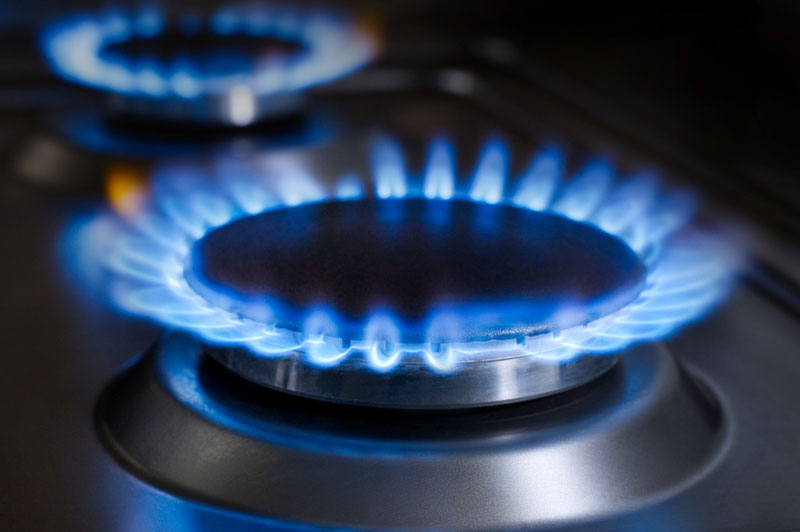
 Emergency Management311
Emergency Management311 Search all NYC.gov websites
Search all NYC.gov websites
Carbon Monoxide

Carbon monoxide — a colorless, tasteless and odorless gas — is a by-product of fuel combustion that can be created by typical heating fuels.
Carbon monoxide can build up to a dangerous level if a fuel-burning appliance is not operating properly, or is not safely venting fuel combustion by-products. For instance, dangerous levels of carbon monoxide can be produced from improperly vented furnaces, plugged or cracked chimneys, water heaters, space heaters, fireplaces, stoves, and tail pipes.
Know the Signs
High levels of carbon monoxide indoors can be dangerous to your health, and can cause serious illness or death if inhaled in large concentrations. Everyone is at risk of exposure to carbon monoxide; however, people with health problems, seniors, pregnant women, and infants are at higher risk.
Signs of carbon monoxide poisoning are:
- Headache
- Flu-like symptoms, such as dizziness, chest pain, nausea, and vomiting
- Breathing difficulties
- Confusion and loss of consciousness
- Cardiac problems
What to Do If You Suspect Carbon Monoxide Poisoning
- Open windows.
- Leave your home.
- Get to fresh air immediately.
- Call 911.
- Call the New York City Poison Control Center: 212-POISONS (212-764-7667).
What to Do to Prevent Carbon Monoxide Poisoning
- Install carbon monoxide alarms in your home and check them regularly to make sure the batteries are working. NYC law requires owners to provide and install at least one approved carbon monoxide alarm within 15 feet of the primary entrance to each sleeping room. Test these alarms on a regular basis.
- Have your home-heating systems, fuel-burning appliances, flues, and chimneys inspected, cleaned and tuned up annually by a qualified technician.
- Never heat your home with a gas stove or oven.
- Kerosene heaters and propane space heaters are dangerous and illegal in New York City.
- Never use any gas-powered appliance, such as a generator, indoors.
- Never use a charcoal grill or a hibachi indoors.
- Never run a car or truck in a garage or enclosed area. Clear exhaust pipes before starting a car or truck after it snows.
What the City Does
New York City requires the installation and maintenance of smoke alarms and carbon monoxide alarms. Both property owners and tenants have responsibilities to ensure that all New Yorkers remain safe in their homes from the dangers of fire and carbon monoxide poisoning.
Through its Fire Safety Education Program and FDNYsmart.org, the FDNY provides tools and resources that educate New Yorkers about fire prevention, including information about carbon monoxide.
More Resources
- Smoke and carbon monoxide alarms (English) (FDNY)
- Smoke and carbon monoxide alarms (other languages) (FDNY)
- Learn more about NYC's carbon monoxide alarm law (NYC Department of Housing Preservation & Development)
- Carbon monoxide information (NYC Department of Health & Mental Hygiene)
- Sound the Alarm (Red Cross)


